Fuente de la imagen, Getty Images
Pie de foto,
Es raro no encontrarlas sobre las mesas de restaurantes, a veces acompañadas de otros saborizantes…
Son una pareja tan sólida y significativa que la alegría y el buen humor, las emociones y los problemas, hasta el sarcasmo y la ironía… todos estos y muchos más han sido descritos como “la sal y pimienta de la vida”.
Pero, ¿alguna vez te has preguntado porqué, entre todos los saborizantes para nuestra comida, fueron esos los que se aseguraron un lugar perpetuo en la mayoría de las mesas de Europa y América?
Justificar la presencia de la sal no es difícil.
La sal es esencial para la vida.
La sal es una fuente de sodio esencial para nuestro organismo.
Saltar Recomendamos y continuar leyendo
Recomendamos
Central: los novedosos ingredientes detrás del éxito del “mejor restaurante de América Latina”
Juicio a García Luna en EE.UU.: cuáles son los puntos fuertes y débiles de la acusación en EE.UU. contra el exresponsable de la lucha contra el narco en México
Total Eclipse of the Heart cumple 40 años: por qué se considera la canción “más épica y con más garra”
Guerra Rusia-Ucrania: qué pasó con el convoy militar de 56 km que Moscú envió al inicio de la guerra para tomar Kyiv (y que quedó atascado en el barro)
Final de Recomendamos
Nuestros cuerpos requieren de 3 a 8 gramos de NaCl para realizar una variedad de funciones metabólicas.
El sodio es necesario para que funcionen nuestros nervios y músculos. También juega un papel en el control de la presión arterial y el volumen.
También juega un papel en el control de la presión arterial y el volumen.
Fuente de la imagen, Getty Images
Pie de foto,
Los 3.000 pozos de las salineras de Maras en Perú se llenan de agua salada proveniente de un manantial natural.
No es de extrañar entonces que desde tiempos prehistóricos la hayamos raspado de depósitos de agua salada, recogido en lagos salados o extraído del subsuelo, como le dijo a BBC Ideas la historiadora de comida Annie Gray.
Es una de las primeras industrias alimentarias y uno de los productos básicos más importantes del mundo.
Además, hace que la comida sepa mejor.
El gusto es un asunto complicado.
Se solía pensar que había células receptoras separadas en diferentes partes de la lengua para cada uno de los cinco sabores básicos: salado, dulce, ácido, amargo y umami (el sabor del ácido glutámico).
Sin embargo, investigaciones más recientes han demostrado que las células individuales en realidad responden a varios gustos cada una, a diferentes niveles de sensibilidad. El resultado de eso es que todos los sabores interactúan entre sí, a veces mejorando, a veces suprimiendo, dependiendo de las concentraciones.
Entonces, por ejemplo, a bajas concentraciones, los sabores agrios mejorarán los amargos, pero a concentraciones moderadas, los suprimirán. Por eso ponemos limón en una margarita.
Fuente de la imagen, Getty Images
Pie de foto,
El limón y la sal mejoran el amargo en la margarita.
La sal se usa como un mejorador del sabor universal porque en concentraciones bajas reducirá el amargo, pero aumentará el dulce, el ácido y el umami, lo cual es deseable para recetas dulces.
En concentraciones más altas, suprime la dulzura y mejora el umami, que es bueno para las cosas saladas.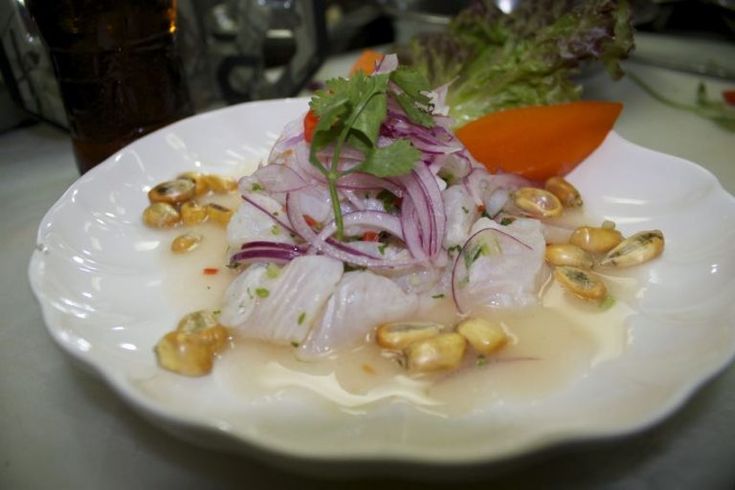
Además, se obtiene fácilmente en forma pura sin ningún sabor que interfiera.
Todo esto le aseguraba un lugar en la olla, pero no quería decir que tuviera un espacio en la mesa.
Uno de los factores que contribuyó a que lo obtuviera fue que por mucho tiempo la sal era cara y frecuentemente controlada por el Estado.
Tenerla a la vista era una forma de lucir la fortuna.
Fuente de la imagen, Getty Images
Pie de foto,
Un salero de principios del siglo XVII… ¿se parece al tuyo?
Enormes y ornamentados saleros hechos de oro y plata dominaban las mesas a la hora de la cena e indicaban muy claramente quién era de alto estatus.
Si te sentaban debajo de la sal, es decir, no en la mesa más alta, claramente no estabas siendo exaltado.
Además, tener sal en la mesa permitía cierta personalización de la comida: los platos se condimentaban en la cocina, pero quienes se podían dar el lujo los sazonaban a su gusto.
Pero, ¿cómo llegó la pimienta a unirse a la sal?
La pimienta era apenas una entre una amplia gama de especias disponibles para los cocineros de aquellos que podían permitírselo.
En la Europa medieval, los guisos eran generosamente condimentados con azafrán, canela, clavo y jengibre. El azúcar era omnipresente en platos salados. Y la alta cocina europea, hasta mediados del siglo XVII, se definía por el uso de sabores complejos y contrastantes.
Las especias eran realmente caras, y la pimienta no era la excepción: en la década de 1430, una libra de granos de pimienta costaba tanto como un cerdo.
Eso significaba que solo la clase alta podía pagarlas.
Pero las cosas comenzaron a cambiar cuando los europeos comenzaron a colonizar partes de India y América.
Fuente de la imagen, Getty Images
Pie de foto,
El precio de la pimienta y muchas otras especies empezó a bajar cuando Europa colonizó buena parte del mundo.
A finales del siglo XV, los portugueses tomaron el control de Malabar en el este de la India y comenzaron a cultivar pimienta negra a gran escala.
Los precios cayeron, en consonancia con el exceso de oferta, y la pimienta se volvió más disponible.
Pero no fue por eso que terminó como pareja de la sal.
El verdadero impulso al Piper nigrum vino con un cambio en la moda culinaria que emanó de Francia.
Tras siglos de anhelar y luchar por ellas, el Occidente rico y poderoso tuvo un acceso sin precedentes a las especias de sus colonias.
Pero lo que era motivo de celebración también significaba que lo que solía ser caro y exclusivo se volvió común.
Los guisos ricamente condimentados dejaron de ser un símbolo de estatus.. ¡eran tan comunes que hasta la clase media los podía servir en sus mesas!
Uno de los que consideraban que condimentar era un acto vulgar era nada menos de Luis XIV de Francia.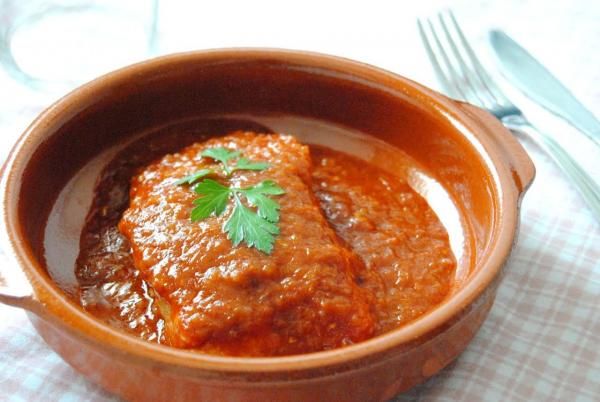
Fuente de la imagen, Getty Images
Pie de foto,
A Luis XIV, quien aparece en este cuadro de Jean Nocret con su familia en 1670, le gustaba que la comida supiera a lo que era.
Sus chefs se ocuparon de ordenar y simplificar la cocina medieval, codificando cuáles ingredientes iban bien juntos y separando lo dulce de lo salado, que hasta entonces se comían juntos.
Fueron los cocineros reales del siglo XVII quienes comenzaron a servir platos salados durante toda la comida para estimular el apetito y a servir alimentos dulces sólo al final para saciar el apetito y marcar el final de la ocasión.
El rey era notoriamente quisquilloso con la comida, prefería que sus platos fueran sazonados solamente con sal, pimienta y perejil.
La idea era que los alimentos supieran a lo que eran -la carne a carne, el pescado a pescado-, y que los condimentos se usaran sólo para enaltecer su sabor, no abrumarlo.
Para los aristócratas esta moda fue una bendición: una vez más, tenían la manera de mostrar cuán elegantes eran a la hora de la comida.
Para el siglo XIX, la sal y la pimienta ya estaban unidos como condimentos estándar, aunque otras formas de pimienta competían con la negra, y la pimienta de cayena todavía aparecía con frecuencia en los libros de cocina.
La sal seguía en la mesa, aunque ya en pequeños saleros, y no solo la de los privilegiados.
Fuente de la imagen, Getty Images
Pie de foto,
La pimienta, sin embargo, no es tan ubicua: en los restaurantes de fish’n’chips tradicionales británicos, el vinagre y la salsa de tomate le quitan el puesto.
En 1911, la Morton Salt Company de Chicago patentó un salero de flujo fácil, ese frasco con huecos al que estás acostumbrado.
Durante el siglo XX, se les unieron los pimenteros. Luego, en algunas mesas, los molinillos de pimienta reemplazaron a los pimenteros que se agitan.
Eso sí: la sal y la pimienta no es una combinación omnipresente.
Probablemente has visto salsa soya en las mesas chinas, salsa de pescado y pimientos rojos triturados en las tailandesas, pasta awaze en las etíopes… ¡y qué decir de las delicias que ponen en muchas mesas de México!
Recuerda que puedes recibir notificaciones de BBC Mundo. Descarga la nueva versión de nuestra app y actívalas para no perderte nuestro mejor contenido.
Premium
History
Favourites
Advertising
Download for Windows It’s free
Download our free app
Advertising
Advertising
No ads with Premium
Suggestions:
sal y la pimienta
These examples may contain rude words based on your search.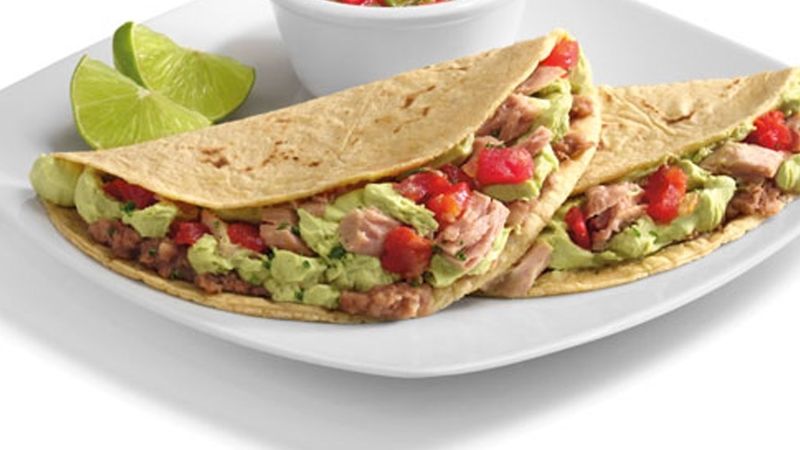
These examples may contain colloquial words based on your search.
salt and pepper
the salt and the pepper
sugar and pepper
salt, and pepper
salt, pepper
pepper and salt
la sal y pimienta
250
Luego se debe mezclar con el arroz, la sal y la pimienta.
Then it should be mixed with rice, salt and pepper.
No había lo básico como la sal y la pimienta en la cocina.
There were no basics such as salt and pepper in the kitchen.
Mezcle el cereal, la sal y la pimienta; deje de lado.
Stir together cereal, salt and pepper; set aside.
Mezclamos la leche con el ajo, la sal y la pimienta.
Season stew to taste with cayenne, salt and pepper.
Debería estar en las mesas con la sal y la pimienta.
It should be on tables in restaurants with salt and pepper.
Espolvoree con las nueces, la sal y la pimienta.
Add the squash, salt and pepper; heat through.
Añadir la ralladura de medio limón, la sal y la pimienta.
Add the zest of half a lemon, salt and pepper.
En un bol grande, mezcla el vinagre, la sal y la pimienta.
In a large bowl, whisk together the vinegar, salt and pepper.
No olvides la sal y la pimienta junto con la salsa de tu elección.
Don’t forget salt and pepper along with the sauce of your choice.
Poner a hervir el agua o caldo junto a la sal y la pimienta.
Boil water or vegetable stock together with salt and pepper.
Vierte el aceite de oliva con la sal y la pimienta.
Season the dressing to taste with salt and pepper.
Agregar el queso crema, la sal y la pimienta.
Add the cream cheese, pinch of salt and pepper.
Empieza sazonando el pollo rociando generosamente la sal y la pimienta.
Begin by seasoning the chicken with a generous sprinkling of salt and pepper.
Añadir la pasta junto con la sal y la pimienta a gusto.
Sprinkle the final product with salt and pepper.
Echar el tomate exprimido, la sal y la pimienta.
Pour the squeezed tomatoes, salt and pepper.
Puede agregar verdes, pero evite la sal y la pimienta.
You can add greens, but avoid salt and pepper.
Agregue la crema, la sal y la pimienta amargas a su gusto.
Add sour cream, salt and pepper to your taste.
Espolvoree con las nueces, la sal y la pimienta.
Toss potatoes with dressing, salt and pepper.
Mezcle los ejotes, la sal y la pimienta.
Stir in green beans, salt and pepper.
Condiméntala con la sal y la pimienta, agregando más al gusto.
Season with salt and pepper, adding more to taste.
Possibly inappropriate content
Examples are used only to help you translate the word or expression searched in various contexts.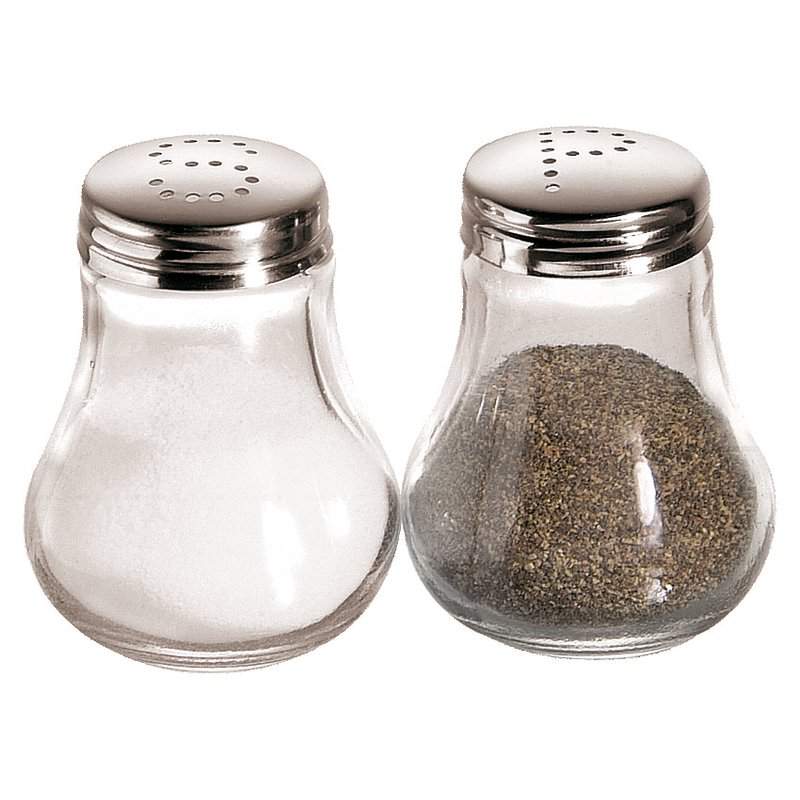 They are not selected or validated by us and can contain inappropriate terms or ideas. Please report examples to be edited or not to be displayed. Rude or colloquial translations are usually marked in red or orange.
They are not selected or validated by us and can contain inappropriate terms or ideas. Please report examples to be edited or not to be displayed. Rude or colloquial translations are usually marked in red or orange.
Register to see more examples
It’s simple and it’s free
Register
Connect
No results found for this meaning.
la sal y pimienta
250
More features with our free app
Voice and photo translation, offline features, synonyms, conjugation, learning games
Results: 1659. Exact: 1659. Elapsed time: 342 ms.
Documents
Corporate solutions
Conjugation
Synonyms
Grammar Check
Help & about
Word index: 1-300, 301-600, 601-900
Expression index: 1-400, 401-800, 801-1200
Phrase index: 1-400, 401-800, 801-1200
In this article, we are going to tell you about the most famous Argentine national dishes that you should try while traveling around the country. Our story covers the entire national cuisine of Argentina: from appetizers and main courses to desserts and drinks. Bon appetit!
Our story covers the entire national cuisine of Argentina: from appetizers and main courses to desserts and drinks. Bon appetit!
1. Meat is the main national dish of Argentina
2. Steaks: learning to distinguish between steak options and ordering them correctly in Argentina
3. Other meat dishes of Argentina
4. Other dishes and desserts
5. Prices for dishes in Argentina
The cuisine of Argentina can hardly be called unique, as the country has absorbed the culinary traditions of different countries of the world, mainly Spanish and Italian. So you can find really authentic national food in Argentina only in areas very remote from the center. Quite the usual food in Argentina is pizza, spaghetti or Spanish omelette with paella.
However, that doesn’t mean that going to an Argentinean restaurant will be an easy task. Even in Buenos Aires, you can get into a situation where the restaurant does not have an English menu, and the waiters also do not shine with knowledge of foreign languages. The most interesting thing is that sometimes even knowing Spanish does not help much. This is because the names of dishes typical for Argentina in other countries mean a completely different food. Let’s try to figure out what they eat in Argentina and what these dishes are called.
The most interesting thing is that sometimes even knowing Spanish does not help much. This is because the names of dishes typical for Argentina in other countries mean a completely different food. Let’s try to figure out what they eat in Argentina and what these dishes are called.
01. To visit Argentina and not taste the local meat is like coming to Paris and not seeing the Eiffel Tower.
The most popular national dish of Argentina is meat. It is as famous as Maradona and tango. Fish dishes in Argentina can also be found on the menu, but they are not as popular and unique as meat delicacies. To be born a cow in this country is indeed a sad fate. They have every chance of ending their lives in a brazier called Parrilla (parrilla), in which meat is cooked on coals. The same name refers to specialized restaurants (essentially steakhouses) that are found in every more or less large city in the country.
On the world market, Argentinean meat is above average. Depending on the restaurant in Argentina, you can get meat from “nothing special” to “simply amazing”. As a rule, in more expensive restaurants, the meat is of better quality. However, there are exceptions when for little money you can get a non-vegetarian fairy tale. What there is almost no competition here is the price: for such money, meat of such high quality can no longer be eaten almost anywhere in the world.
Depending on the restaurant in Argentina, you can get meat from “nothing special” to “simply amazing”. As a rule, in more expensive restaurants, the meat is of better quality. However, there are exceptions when for little money you can get a non-vegetarian fairy tale. What there is almost no competition here is the price: for such money, meat of such high quality can no longer be eaten almost anywhere in the world.
Steak is one of the traditional dishes of Argentina. Therefore, in each steakhouse under the sign of Parrilla, there will be several types of meat to choose from. Going to an Argentine restaurant, it is highly desirable to understand steaks in order to get exactly what you want.
Colita de cuadril ( colita de cuadril ) – steak from the lower part of the thigh. Usually contains a lot of fat. It is unlikely to appeal to people who prefer lean meat. However, it is the fat that gives this steak its special flavor. Relatively cheap but high quality steak.
Vacío ( basio ) is a steak that is extremely rare outside of Argentina and Uruguay. For him, they take a tenderloin from the side of the carcass (the part between the ribs and the thigh). This is a thin tenderloin with a layer of fat on the outside and pulp inside. A properly cooked vacio will be crispy on the outside but tender and juicy on the inside.
Bife de Chorizo ( Bife de Chorizo ). People, even those who are well acquainted with Spanish, often avoid ordering this steak, thinking that it has something to do with sausage. Yes, chorizo is one of the varieties of sausage even in Argentina. But Bife de Chorizo is a classic Argentinean steak. It is with him that you should begin your acquaintance with Argentine beef. This steak is large, juicy, and has delicious fat around the edges. The tenderloin is taken from the upper thigh of the carcass. Be careful when ordering Bife de Chorizo in cheap restaurants, most likely they will use a cheaper part of the carcass with a lot of fat.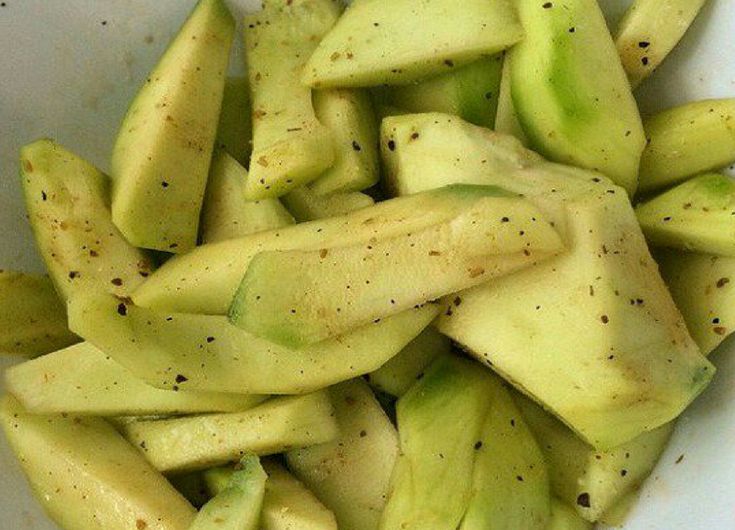
02. Bife de Chorizo - a classic Argentinean steak.
You should be careful when ordering this steak in cheap restaurants, because the cheaper part with more fat is likely to be used.
Baby beef ( baby beef ). In Argentina, such a “baby” means a piece of meat weighing about a kilogram. For those who like to eat very tightly or commit suicide from overeating.
03. Baby Beef – a piece of meat the size of a human head. An option for those who don’t want to ask for more 🙂
T-bone / bife de costilla ( bife de costilla ). In Argentina, as elsewhere in the world, it is a steak from the back of the beef carcass on the bone in the shape of the letter “T”. A very expensive part of the carcass with good marbling.
Ojo de bife ( ojo de bife). No, this is not a bull’s eye, but one of the most expensive steaks in Argentina. Ultra-delicate, with excellent marbling.
04. Ojo de bife – usually small, but one of the best steaks you can try in Argentina.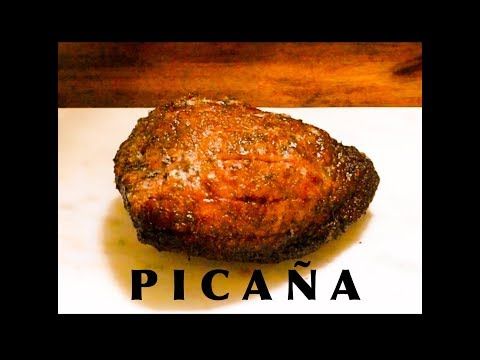
Asado de tira ( asado de tira ). Ribs in Argentina are served chopped into fairly short pieces. It is unlikely to overeat such a piece, but this is one of the most delicious parts of the carcass at a very low price.
Bife de lomo ( bife de lomo ) is the most expensive steak on offer. Offered in most restaurants in the country on a par with bife de chorizo. This is the most tender juicy pulp from the sirloin of the carcass. However, sometimes the expectations of this steak are too high, and many are disappointed in the dish. This is because the almost complete absence of fat deprives it of a special taste. However, a lot depends on the quality of the meat, so it’s worth trying.
05. Bife de Lomo – another classic steak, tender tenderloin without fat.
Entraña ( entraña ) – the outermost part of the diaphragm. This steak has great flavor and juiciness. The latter is achieved due to fat and membrane, with which a piece of meat is tightened around the edges. The membrane just prevents the liquid from evaporating. On the other hand, it also makes the piece quite difficult to chew, so you have to work hard with your jaws. But still there is something for which, since this is one of the cheapest steaks.
The membrane just prevents the liquid from evaporating. On the other hand, it also makes the piece quite difficult to chew, so you have to work hard with your jaws. But still there is something for which, since this is one of the cheapest steaks.
Chimichurri ( chimichurri ) is not meat, but a classic Argentinean sauce. It is often served with meat and is made with parsley, olive oil and garlic. In many establishments, this sauce is served with meat by default. If you didn’t get it, you can always ask for it.
06. It is sometimes extremely difficult to pass by the shop windows of Argentinean restaurants.
Good restaurants in Argentina should always ask for the desired doneness of the steak before accepting an order. Since not all waiters understand English well, and even more so Russian, here are a few phrases that will help when ordering a steak:
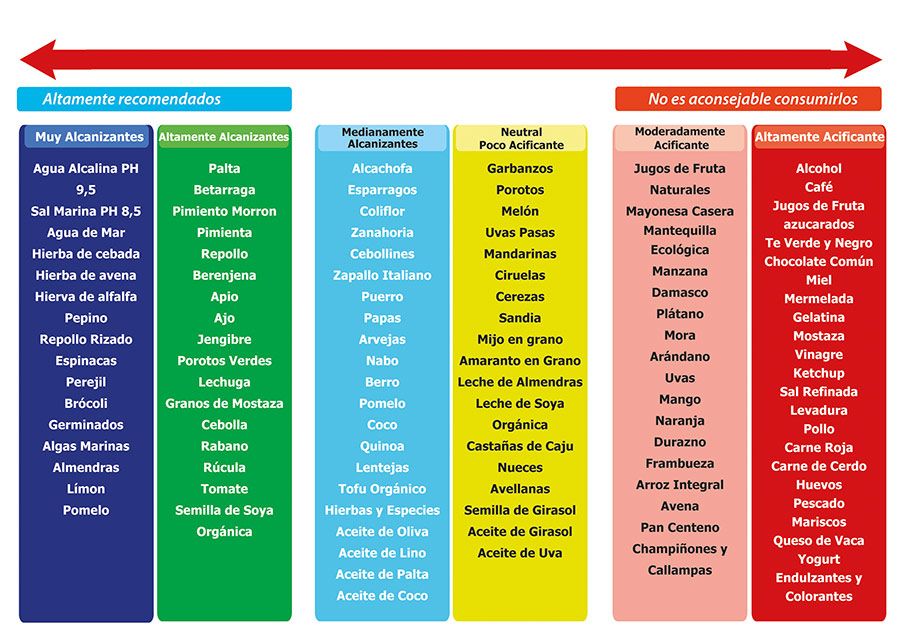
All of these degrees of doneness can vary quite a bit from cook to cook. In most cases, the norm is to serve the steak a little less done than the customer orders. In this case, you can try the meat and ask to keep it on fire for some more time. I usually order “jugoso” for the first try.
07. Lovers of good meat would love to live in the kitchen of Argentinean steakhouses 🙂
Steaks in Argentina are certainly very popular, but the love of Argentines for meat is far from limited to them. There are many more meat dishes, mostly cheaper than steaks, but in many cases just as tasty.
Mollejas ( mojejas ). In Russian, this part of the carcass is called the thymus gland, which atrophies when the animal grows up.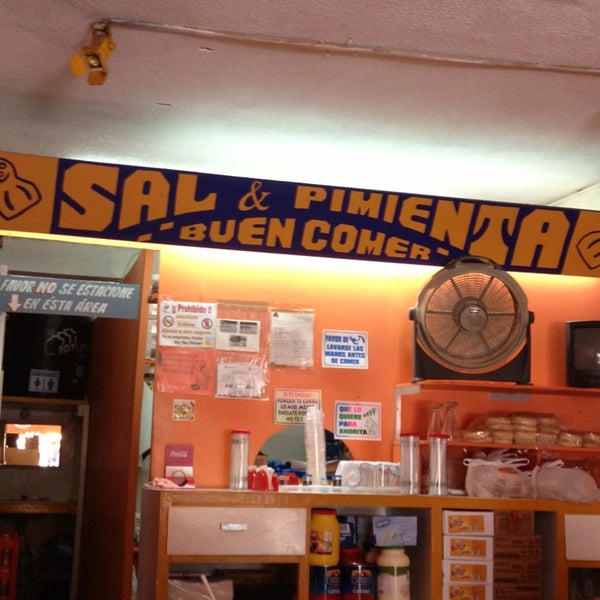 So when ordering this dish, you can be sure that you will be served veal or lamb meat. This tender, sometimes dairy meat is quite different in taste from the classic steak.
So when ordering this dish, you can be sure that you will be served veal or lamb meat. This tender, sometimes dairy meat is quite different in taste from the classic steak.
Chinchulines ( Chinchulines ). As a rule, this dish refers to the long part of the small intestine, cooked on the grill. Food for an amateur.
Criadilla ( criadilla). Liked this word on the menu, and decided to order? Well, get ready to taste the amazing bull eggs 🙂
Morcilla ( morcilla) – black blood sausage. There are two types: “criolla” – a plump sausage 10-15 cm long (with a slight hunger, it is quite possible to eat it), “bombón” – a small sausage (served as a snack).
Chorizo ( chorizo ) is a classic, juicy and fatty Argentine sausage that is enjoyed on the grill all over Argentina. A sandwich with such a sausage is the famous choripán ( choripan ).
Salchicha ( salchicha ) – practically the same as chorizo.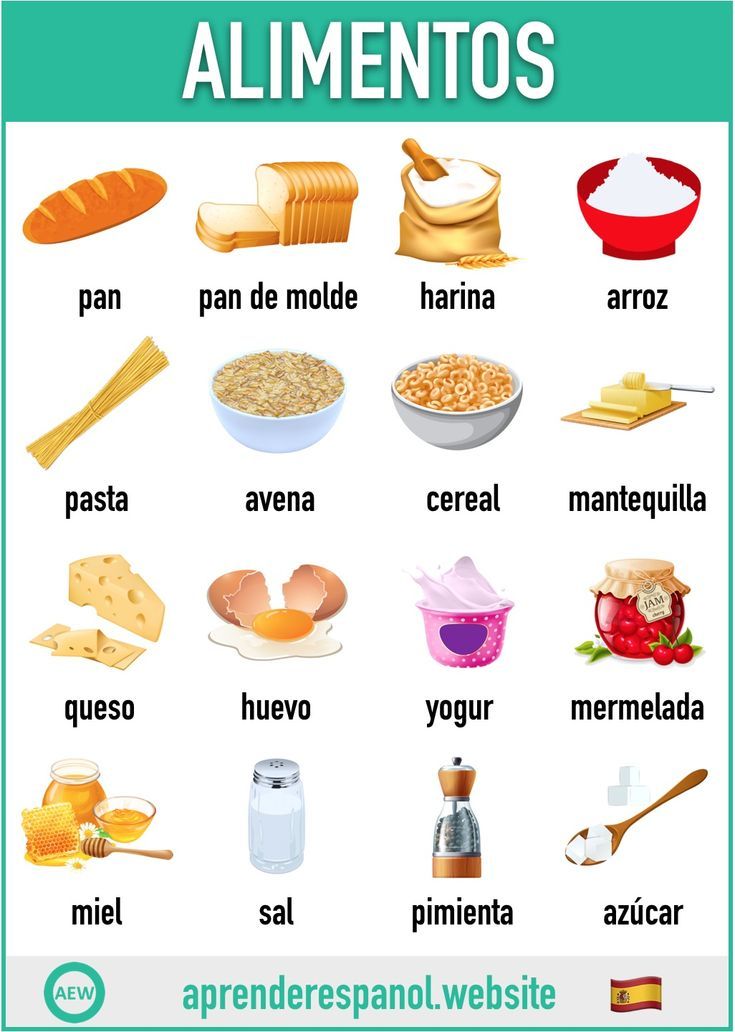 Only this sausage is much longer and thinner, which makes it a little dry compared to the usual juicy chorizo.
Only this sausage is much longer and thinner, which makes it a little dry compared to the usual juicy chorizo.
08. The lightest on top are chinchulines, the thickest below are chorizo, in the lower right corner are longaniza.
Longaniza ( longaniza ) – long and dry cured pork sausage with anise flavor. Often used in sandwiches.
Matambrito ( matambrito ). The name of this dish comes from two words: “matar” (to kill) and “hambre” (hunger), i.e. “hunger killer” This food can really satisfy your hunger for the whole day. As a rule, matambrito is a very thin and wide piece of meat between the skin and the ribs, in which the filling is wrapped. Depending on the region or the taste of the chef, the filling can be completely different. Most often, whole carrots and boiled chicken eggs play this role. When wrapped, this roll is either baked or boiled in water or milk. In some cases, the meat is not wrapped, but smeared with mozzarella cheese and eaten.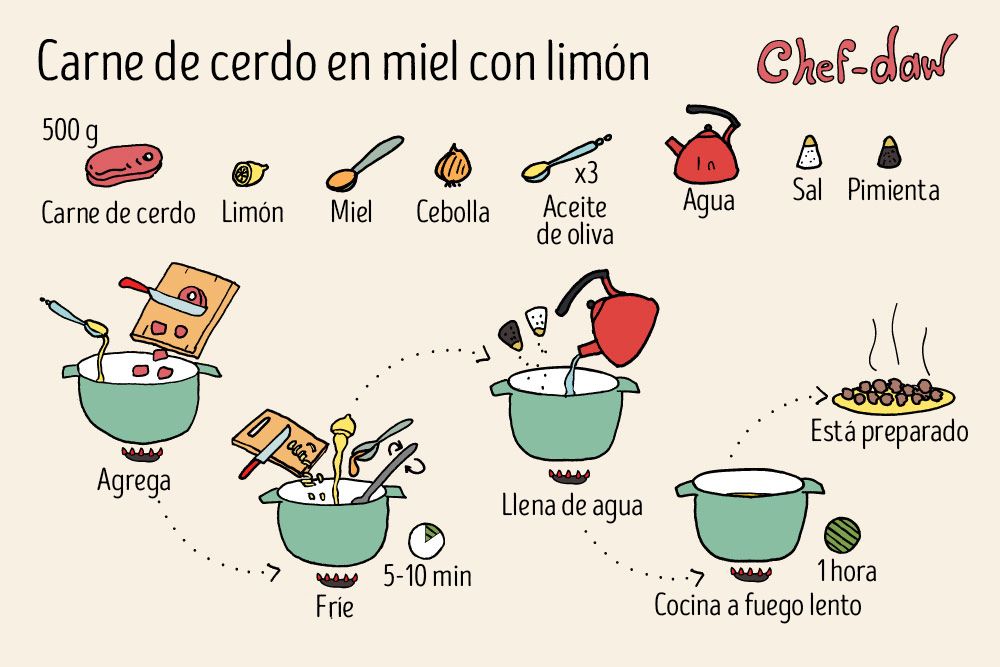 This variety is called matambre a la pizza.
This variety is called matambre a la pizza.
Parrillada mixta ( parrillada mixta ). In many restaurants you can order barbecue platter. This means that they will bring you a large frying pan or baking sheet (and for several people), where there will be different types of meat, including sausages. In most cases, the menu indicates what is included in this dish. A good option if you want to try most of the dishes on offer at once. However, the cheaper the parrillada, the cheaper it will include food, and you can completely forget about good steaks.
08. One of the varieties of parrillada mixta.
Milanesa ( Milanese ) is an Italian dish that has taken root well in Argentina. The most common are chicken Milanesa de Pollo and beef Milanesa de Lomo. It is essentially a cutlet or piece of meat in breadcrumbs served with french fries or mashed potatoes and scrambled eggs. A simple, cheap and highly nutritious dish that can be found almost anywhere in Argentina.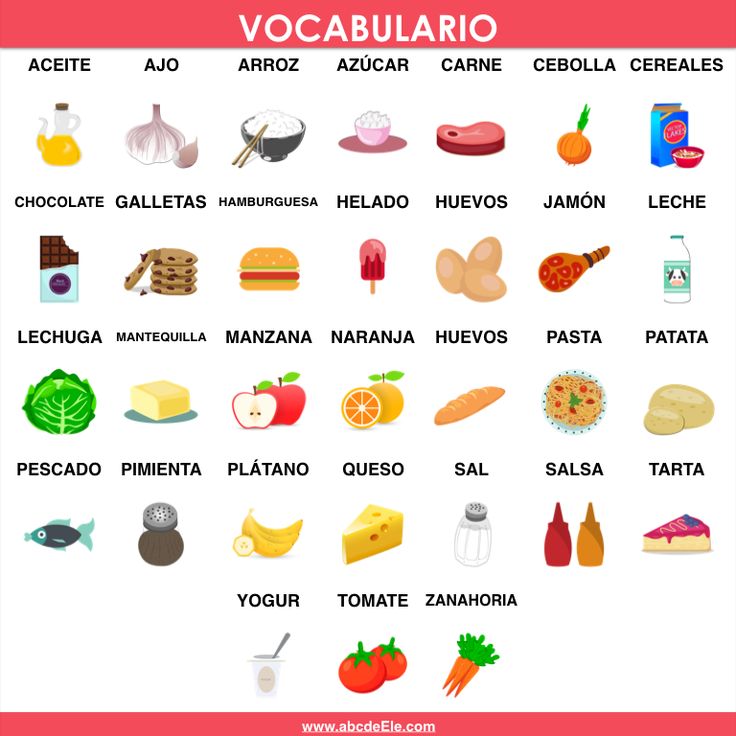
09. Milanesa is a real national dish of Argentina, which can be found in almost any region of the country.
Suprema ( suprema ) is a variety of milanesa. The main ingredient here is chicken breast.
Lomo a la pimienta / lomo al champignon For those who need a steak not in a classic form, but as a dish. Most often, meat is cooked with sweet peppers or mushrooms.
10. Choripan – Argentinean sandwich with thick, fatty sausage. Often found on street stalls.
Revuelto de Gramajo (ruveelto de gramajo) – an instant dish of fried potatoes, eggs, ham, onions, butter and peppers.
Tortilla Española is a typical Spanish omelet with potatoes and onions.
Empanadas (empanadas). Surprisingly, the pie is a full-fledged national dish of Argentina. It is simply impossible to live and even travel in Argentina without consuming these wonderful and simple culinary creations. Most often, these pies are baked, but there are also fried ones. The filling always prevails over the dough, so they are also very satisfying. The most popular varieties of empanadas are: carne (with meat), carne picante (meat and hot peppers), pollo (with chicken), jamón y queso (ham and cheese), queso y cebolla (cheese and onions), atún (with tuna).
Most often, these pies are baked, but there are also fried ones. The filling always prevails over the dough, so they are also very satisfying. The most popular varieties of empanadas are: carne (with meat), carne picante (meat and hot peppers), pollo (with chicken), jamón y queso (ham and cheese), queso y cebolla (cheese and onions), atún (with tuna).
11. Ordinary home-made pies will not surprise anyone, but in Argentina they are not only considered a national dish, but in most cases they are just great!
Dulce de leche is a classic Latin American dessert. However, Russians always evoke associations with baked condensed milk. Most likely, in different places it will be served in different versions, but the essence is the same – it is good condensed milk.
12. Argentines can be seriously surprised or even offended by saying that their dulce de leche in Russia is called boiled condensed milk and is sold in almost any supermarket.
Alfajores (alfajores) – a sandwich of two biscuits with a layer of dulce de leche or fruit filling.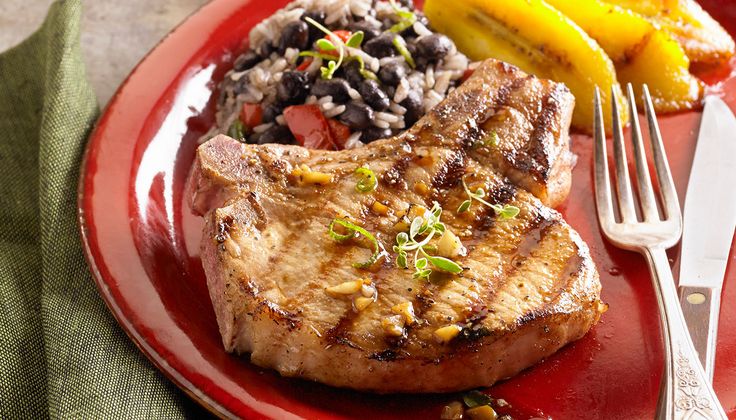 A very tasty and nutritious sweet, an Argentine classic.
A very tasty and nutritious sweet, an Argentine classic.
13. There are countless varieties of alfajores in Argentina.
The most delicious food in Argentina is the prices. In this country, inflation is traditionally high, so prices can change with enviable regularity. However, when converted to US dollars, they grow more slowly or even fall. Below are the prices from an average non-tourist restaurant in Buenos Aires in terms of dollars at a black rate (in the tourist restaurants of the middle segment, prices will be 20-30%).
2-3
Morcilla
2-3
Chinchulines
6-10
Mollejas
9-10
Lomo a la Pimienta
15-17
MATAMBRITO
Energy systems balandtarin metavonand az signal ҳoi kuvvai barқ eҷod kunanda, tӯfoni boi қeҷod kunanda, tӯfoni darozmu darozmudat
Amalkhoi marbut ba marketing: Amalkhoi islohi ba samti samti idorakunii zamin talab karda meshavand; Tagyiroti ehtimoliy session ba peshgӯihoi orif tasir merasonand.